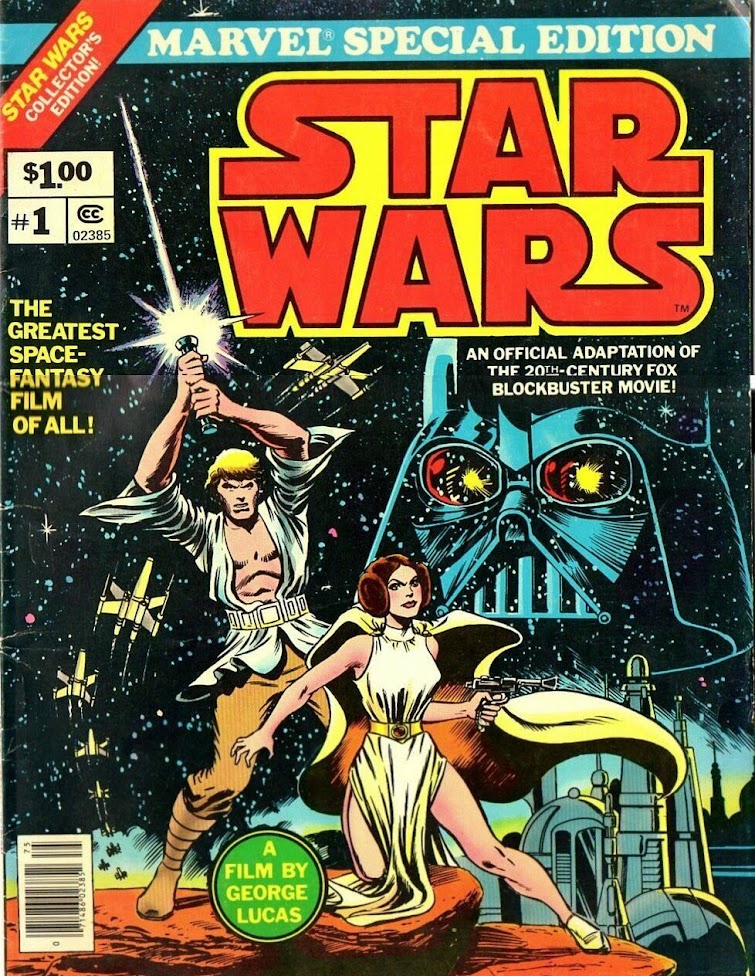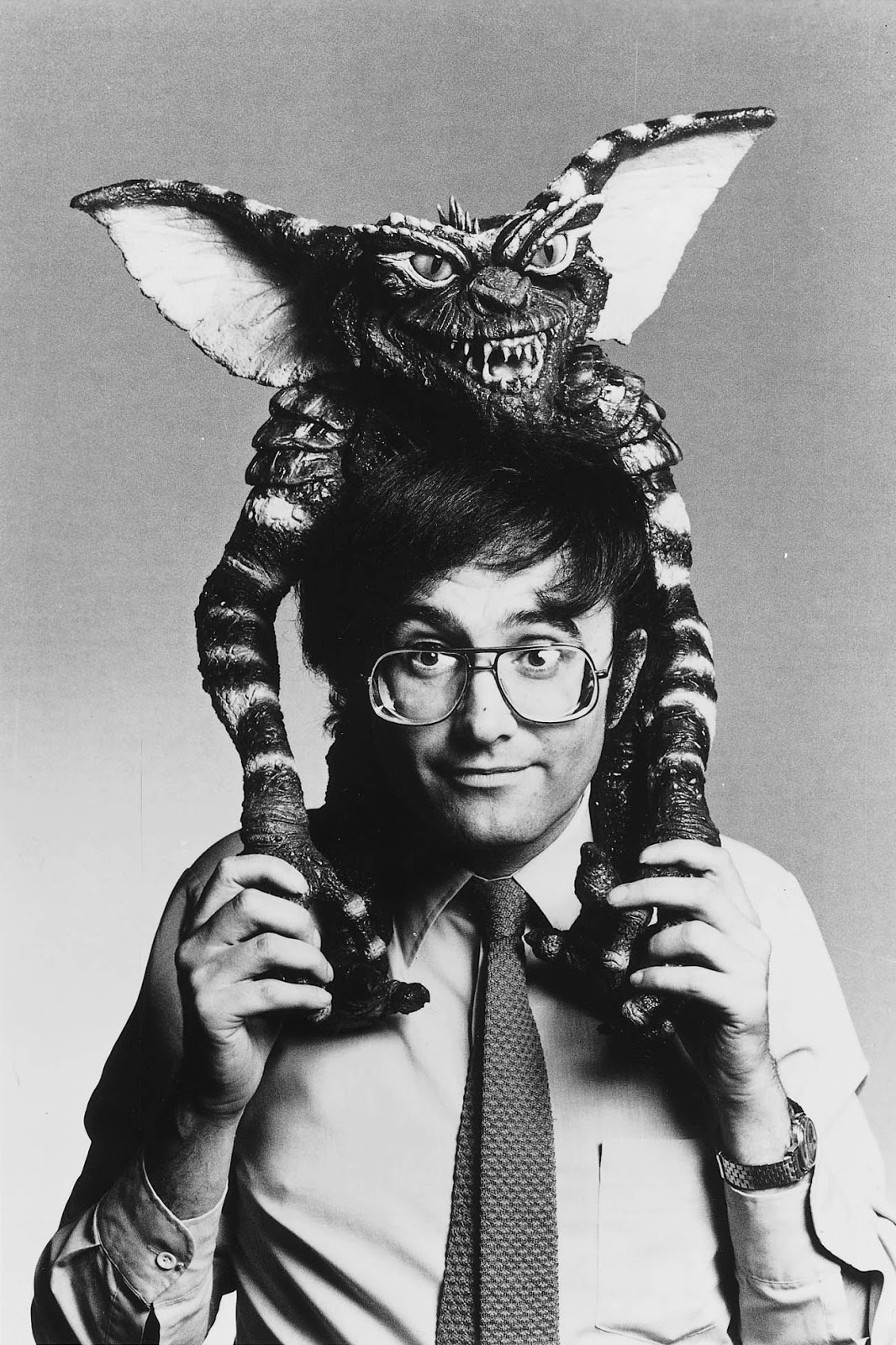Ennio Morricone: A salute to the Maestro
For decades, Maestro Ennio Morricone was known as the
''Greatest Living Film Composer'', and no matter how much love you can have for
other living legends in the field like John Williams or young whippersnappers
like Elfman, Glass or Zimmer, it would be hard to dispute the irrevocable truth behind that bold statement..
But now sadly, the word ''living'' has to be taken out of that expression.
But now sadly, the word ''living'' has to be taken out of that expression.
Born in Rome on November 10, 1928, Young Ennio
showed early on a propensity for music, and at 18, got his diploma in Trumpet playing. 8
years later, in 1954, he obtained his diploma in Composition at the
Conservatorio di Santa Cecilia, and worked for a while as a composer for
television and radio.
This is where he got noticed by director Luciano Salce, who hired him for his first film score for the 1961 film IL FEDERALE (The
Fascist) . Already, Morricone exhibits his unique voice and a certain
sense of playfulness that would permeate a great part of his oeuvre.
Ironically, Salce had wanted to hire Morricone for his previous film, but producer
Dino De Laurentiis rejected Ennio because he was too much of an unknown.
But it's his work for Sergio Leone on ''Spaghetti Westerns''
(a term he detested) that early on established him as a legendary composer, with his bravura score
for A FISTFUL OF DOLLARS in 1964 (Credited on screen as Dan Savio. A score he
disliked for its ''novelty'' aspect). He had tried his hand at a western a year
prior with DUELLO NEL TEXAS
(GUNFIGHT IN THE RED SANDS, Ricardo Blasco), but the magic touch wasn't quite there, and while good, it more or less was a
pretty traditional western score.
His collaboration with Leone brought a larger than life,
operatic dimension to the sandy plains walked by the likes of Clint Eastwood,
Charles Bronson, Eli Walach and Lee Van Cleef, as his work on ''The Man With No
Name'' trilogy (A FISTFUL OF DOLLARS, FOR A FEW DOLLARS MORE and THE GOOD THE BAD AND THE UGLY) redefined forever the sound of the western film, and
established one of the most legendary composer/director symbiosis in the
history of the art form (along with Hitchcock-Herrmann, Spielberg-Williams,
Fellini-Rota, Burton-Elfman, Lynch-Badalamenti, Nolan-Zimmer, etc...).
Leone and Morricone were actually childhood friends, having shared a class when they were 8. Fate had pretty much predestined that their lives would merge years later. At the 1971 Cannes festival, Morricone stated ''I owe a lot to Sergio Leone, who is probably the only director who allows composers to fully express themselves.''. As a matter of fact, Leone would at times let the Maestro write and record the music ahead of the shoot, often playing it on set to establish a mood, and also allow the editors to already cut to the music. Something another long-time collaborator, Giuseppe Tornatore, also did on occasion.
 |
| Sergio Leone (left) and Ennio Morricone (right) as 8 year old schoolmates, in a class picture from 1937. |
Leone and Morricone were actually childhood friends, having shared a class when they were 8. Fate had pretty much predestined that their lives would merge years later. At the 1971 Cannes festival, Morricone stated ''I owe a lot to Sergio Leone, who is probably the only director who allows composers to fully express themselves.''. As a matter of fact, Leone would at times let the Maestro write and record the music ahead of the shoot, often playing it on set to establish a mood, and also allow the editors to already cut to the music. Something another long-time collaborator, Giuseppe Tornatore, also did on occasion.
 |
| Ennio Morricone and Sergio Leone, at the time of their most famous collaborations. |
However, as he stated in a 2016 interview, the traditional
way of composing is still a preferred method. 'When I have to score a film, I
watch the movie first and then start thinking about it. And from that moment
on, it is as if I were pregnant. I then have to deliver the child, so from that
moment on, I think always about the music – even when I go to the grocery
store, I think about it.”
Between 1966's THE GOOD THE BAD AND THE UGLY and 1968's ONCE UPON A TIME IN THE WEST, he had worked on the scores for nearly 40 films.
In Less than two years.
Prolific doesn't come close to describe his gargantuan output, which resulted in a 56 years career with over 500 film scores.
In Less than two years.
Prolific doesn't come close to describe his gargantuan output, which resulted in a 56 years career with over 500 film scores.
Yet, considering the vast and outstanding value of his work, he only won an Oscar for Tarantino's THE HATEFUL EIGHT,
in 2016, for which he had written only 25 minutes of music. The one that truly
hurt though was when his magnificent score for Roland Joffé's THE MISSION lost in 1987 to Herbie Hancock's music for 'ROUND MIDNIGHT
(directed by Bertrand Tavernier). He did get an Honorary Award in 2007, and he
visibly was touched by the attention. “People tend to underestimate it, but for
me it is extremely important. Sometimes you get an Oscar for a particular film
because it has been so successful, has won so many Oscars, and maybe the Oscar
for the music comes as an accessory. This is still important but not as
important as the lifetime achievement one.”
I couldn't dream to resume his career and accomplishment in a mere blog post. All I can say is that his music has been a soundtrack to my life. His western music made my childhood more joyful and his versatility always found a way to accompany my moods in my adult years. Even the theme to Joffé's THE MISSION played during my wedding. Morricone was always there, humming a tune in the back of my head, making life funnier, sadder, more dramatic or romantic.
The Maestro is now joining the eternal choir for a hell of a Concerto to be rehearsed in a musical afterlife with Jerry Goldsmith, John Barry, Max Steiner, Bernard Herrmann, Maurice Jarre, James Horner, and too many others to mention. Ennio Morricone has left us with a body of work that will remain in people's minds forever
-Eric Lavoie
I couldn't dream to resume his career and accomplishment in a mere blog post. All I can say is that his music has been a soundtrack to my life. His western music made my childhood more joyful and his versatility always found a way to accompany my moods in my adult years. Even the theme to Joffé's THE MISSION played during my wedding. Morricone was always there, humming a tune in the back of my head, making life funnier, sadder, more dramatic or romantic.
The Maestro is now joining the eternal choir for a hell of a Concerto to be rehearsed in a musical afterlife with Jerry Goldsmith, John Barry, Max Steiner, Bernard Herrmann, Maurice Jarre, James Horner, and too many others to mention. Ennio Morricone has left us with a body of work that will remain in people's minds forever
-Eric Lavoie
Like many young Quebecers, I
first discovered the films of Sergio Leone on a local TV station in the
seventies. Obviously, the fist thing to hit me was the iconic music by Ennio
Morricone. Not quite Rock and Roll, but way more than just traditional classical
music. A gleeful blend of whistling, twang guitars, apocalyptic trumpets,
bitchin' percussions, thunderous cracking whip sounds, coyote howls and
conjuring chants, all supported by an imposing symphonic orchestra. The vast,
unending expenses of Almeria were
supplemented by a seemingly limitless music. I would peruse religiously the TV
Guide in search of further broadcasts of those films, and I would record those
themes, armed with a Panasonic Cassette recorder, carefully putting the
microphone as close as possible to the giant Motorola Television set.
As I became more of an
accomplished film buff, I came to the realization that his work went far beyond
the simple spectrum of westerns. His handiwork for directors like Sergio Leone,
Sergio Sollima, Pier Paolo Pasolini, Henri Verneuil, Elio Petri, Dario Argento,
Bernardo Bertolucci or Roland Joffé, to name just a few, were
cinematographically and musically sovereign and self-assured. All through his
soundtracks, I discovered not only film music, but Music, with a capital M. I
caught a glimpse of a certain dissonance, concrete music, the repeating
patterns, permutations, tone manipulations and contrasts. How can one summarize
a corpus of more than 500 works, and 300 soundtracks in a few words? Like a renaissance
man, Morricone seems to master all the codes, processes and musical genres.
From DANGER : DIABOLIK to THE MISSION, from THE SICILIAN CLAN to John
Carpenter's THE THING, Morricone seemed comfortable with everything he touched.
 |
| The Maestro working with John Carpenter on THE THING in 1982. |
Thanks to Ennio Morricone, I
quickly found out that his soundtrack albums could be listened to as full-blown
musical works, and occupy a uniquely distinct dimension when heard out of the
context of the films they were composed for. I have listened to many of his
soundtracks, as a matter of fact, without ever having seen the film it came
from. Like Richard Wagner, Johann Sebastian Bach or Philipp Glass, we can
recognize the Morricone touch from miles ahead.
In a nutshell, I could try to explain what makes Morricone’s scores so unique for me with a single example. In DUCK YOU SUCKER (aka A FISTFUL OF DYNAMITE or ONCE UPON A TIME... THE REVOLUTION), one of film’s main theme is written around a character’s name. A single word, a male pronoun repeated endlessly causes a melody which betrays its creator. "Sean, Sean, Sean". On its own, this mythical theme turns out to be the cinematographic key to a friendship interrupted by jealousy. A pronoun haunting the memory of a broken man. On its own, this melody can play on countless radio stations in the world. Accompanied by images of DUCK YOU SUCKER, this refrain recalls the inner torment of an anti-hero haunted by memories. This example represents to my ears all the strength and uniqueness of Ennio Morricone's work.
-Marc Lamothe
In a nutshell, I could try to explain what makes Morricone’s scores so unique for me with a single example. In DUCK YOU SUCKER (aka A FISTFUL OF DYNAMITE or ONCE UPON A TIME... THE REVOLUTION), one of film’s main theme is written around a character’s name. A single word, a male pronoun repeated endlessly causes a melody which betrays its creator. "Sean, Sean, Sean". On its own, this mythical theme turns out to be the cinematographic key to a friendship interrupted by jealousy. A pronoun haunting the memory of a broken man. On its own, this melody can play on countless radio stations in the world. Accompanied by images of DUCK YOU SUCKER, this refrain recalls the inner torment of an anti-hero haunted by memories. This example represents to my ears all the strength and uniqueness of Ennio Morricone's work.
-Marc Lamothe
We could spend hours sharing our favorite Morricone music
here, but we'll offer a small sample.





Comments
Post a Comment